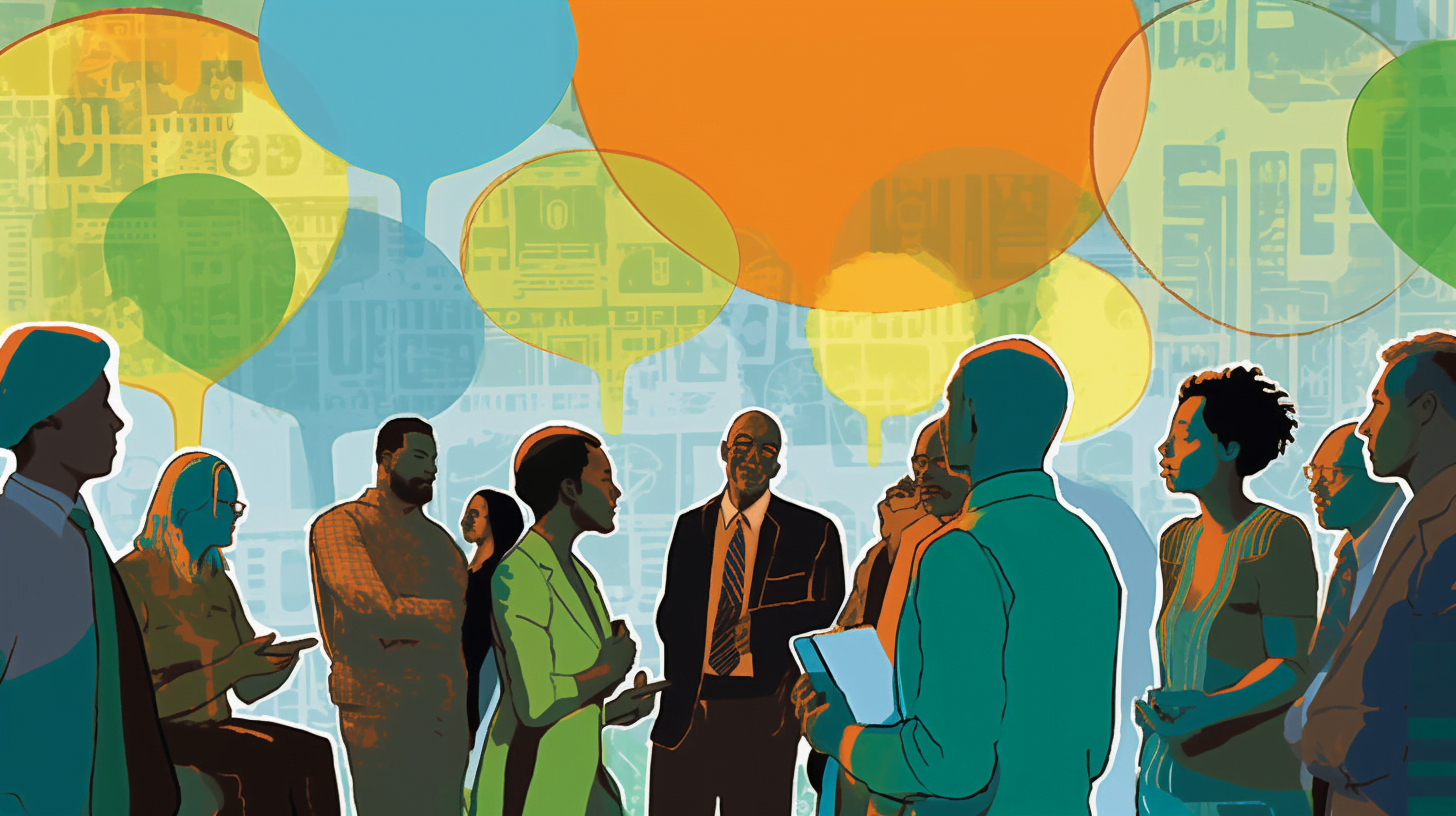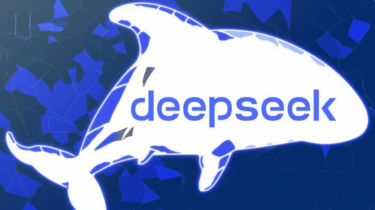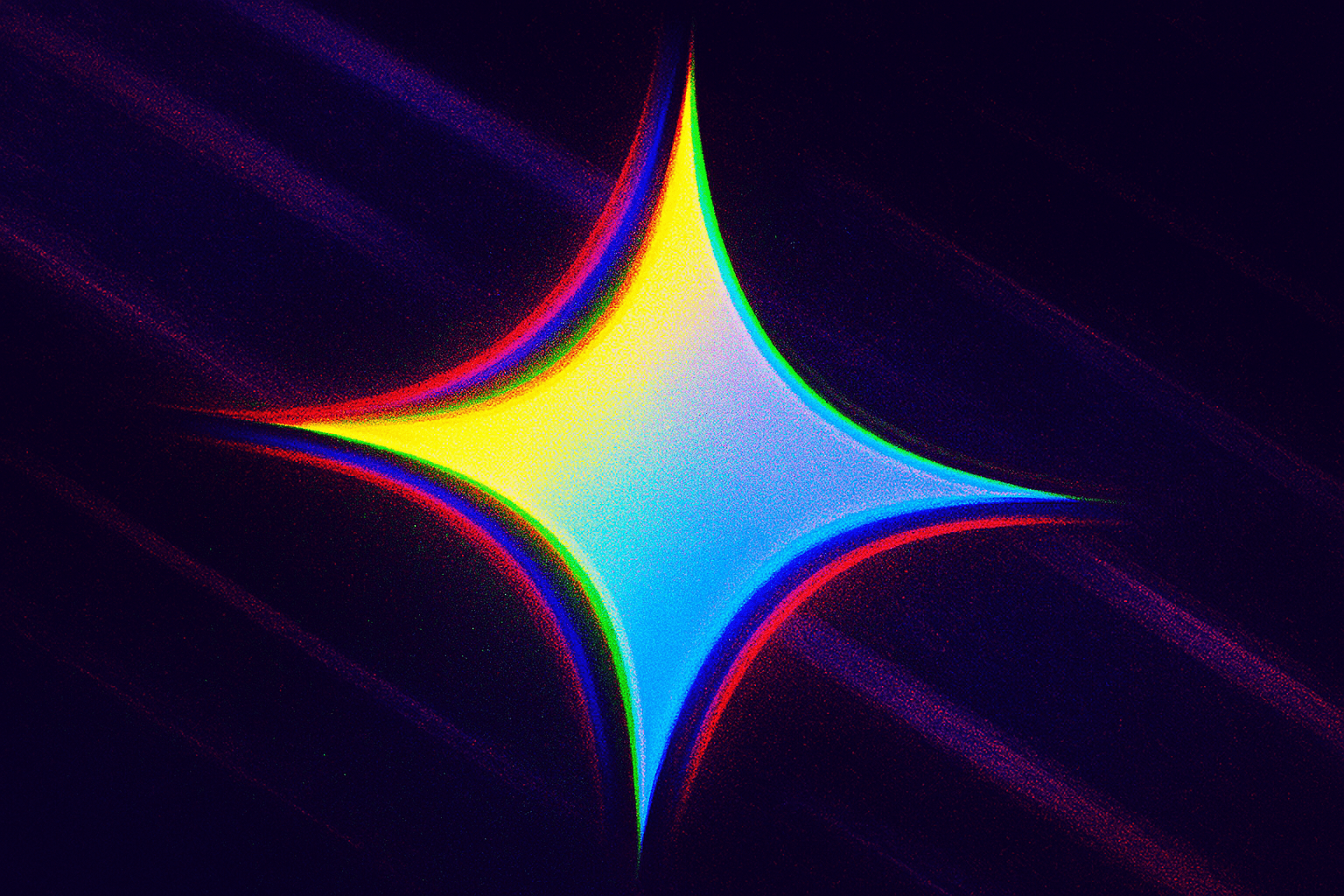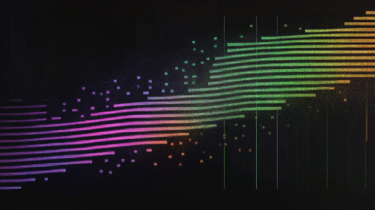A systematic study of the US media landscape tracks chatbot coverage over the past six months since ChatGPT's inception.
According to an analysis by the Columbia Journalism Review, coverage of ChatGPT and chatbots peaked on 7 and 8 February, around the time of Microsoft's Bing announcement. Shortly before, Google had unveiled its ChatGPT competitor, Bard. The analysis looks at the number of news articles that have been published.
From the launch of ChatGPT at the end of November, it took around eight weeks for the chatbot story to hit the mainstream media with full force. In particular, the announcement of Microsoft's $10 billion investment in OpenAI at the end of January 2023 pushed the average media attention to a higher level.
Since the temporary peak at the beginning of February, media attention has consistently been more than twice as high as it was at the end of January 2023. There is currently no sign of a slowdown, with the recent spike caused by the US Congressional hearing.
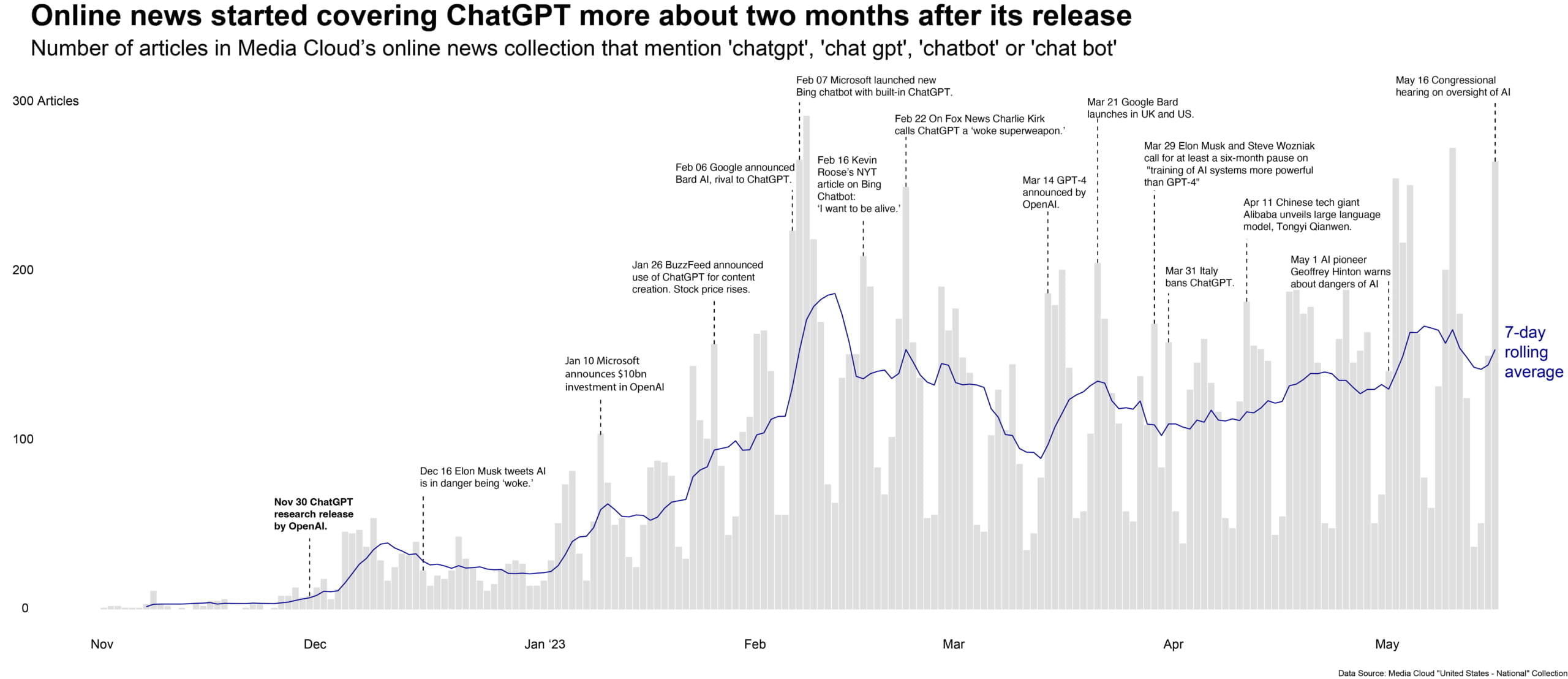
TV media shows a similar picture, with business news channels such as Bloomberg and CNBC tending to report more on AI.
ChatGPT coverage on a par with that of Bitcoin and Crypto 2021
Journalists Jem Bartholomew and Dhrumil Mehta also compared the coverage of ChatGPT with that of bitcoin and cryptocurrencies in recent times. This analysis shows that attention to chatbots and ChatGPT is currently at about the same level as coverage of Bitcoin in 2021 when the price first hit new highs and then collapsed.
Coverage of bitcoin declined in the following months but reached a new high with the arrest of Sam Bankman-Fried, founder of the insolvent cryptocurrency exchange FTX, which is well above the 2021 level and well above that of chatbots.
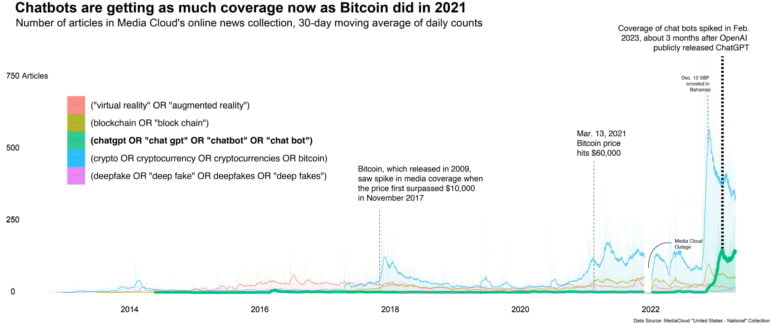
Compared to other technologies, such as virtual and augmented reality or blockchain, the media attention for chatbots is at a much higher level. Deepfakes, which like chatbots are an offshoot of recent advances in AI, receive a fraction of the attention of ChatGPT and the like.
The report suggests possible reasons for the strong media presence of ChatGPT and the like are the impact of the technology on journalism itself, the creative workplace as a whole, and the wider societal potential of AI. The report mentions that AI's influence is already visible in education and in the daily workflows of knowledge workers across many industries.
